The most ancient civilization of South Asia, variously known as the Harappan, Indus or Indus-Sarasvati Civilization, far excelled its contemporaries in other parts of Asia in a number of ways. Not only did it cover a much greater area than did any other civilization, but it also produced urban centres, duly fortified and characterized by meticulous town-planning, efficient drainage system, etc. The book presents a multidimensional study of this grand civilization. Some scholars have held that this South Asian civilization was an import from the west. When called upon to produce concrete evidence, they fumbled and took shelter under the theory ‘ideas have wings’. The book demonstrates that almost all the characteristic features of this civilization had indigenous origin. The Harappan script still remains undeciphered. The book points out where the various decipherers have gone wrong. It further shows that even no two Dravidianists see eye to eye nor do two Sanskritists. The book brings out an interesting picture of the social stratification of the Harappans. An in-depth analysis of the various kinds of data clinches the issue about the dating of the Mature stage of the civilization: from circa 2600 to 1900 BC. ‘Marauding’ Aryans can no longer be held responsible for the destruction of the Harappan Civilization. Perhaps climatic changes, environmental degradation and a steep fall in trade robbed the civilization of its affluence. Urbanism breathed its last. The surviving Harappan villages must have whispered to one another: ‘C’ties may come and c’ties may go, but we go on for ever.’
The Earliest Civilization of South Asia: Rise, Maturity and Decline
by B B Lal
$101.70
$113.00
In stock
Free & Quick Delivery Worldwide
All orders amounting to US$ 50 or more qualify for Free Delivery Worldwide. For orders less than US$ 50, we offer Standard Delivery at $14 per book.
ABOUT THE AUTHOR B B Lal
An archaeologist of international repute, Professor B.B. Lal was the Director General of the Archaeological Survey of India. His excavation at Kalibangan in Rajasthan has brought to light a prosperous city of the Harappan Civilization. The excavations at Hastinapura, Indraprastha, etc. have established that there was a kernel of truth in the Mahabharata, though the epic is full of interpolations. The excavations at Ayodhya, Sringaverapura, etc. have shown that the Ramayana too has a basis in history. In 1961, he conducted excavations in Egypt, which threw valuable light on Egyptian prehistory. He has published over 150 seminal research papers, variously in India, USA, UK, France, Italy, Egypt, Japan, etc. Amongst his recent books are: The Earliest Civilization of South Asia (1997); India 1947-97: New Light on the Indus Civilization (1998); The Sarasvati flows On: The Continuity of Indian Culture (2002); The Homeland of the Aryans: Evidence of Rigvedic Flora and Fauna and Archaeology (2005); Rama: His Historicity, Mandir and Setu (2008); How Deep are the Roots of Indian Civilization? Archaeology Answers (2009). In 1982, Mithila Visvavidyalaya conferred on Professor Lal the title of Mahamahopadhyaya. In 1994, he was awarded D. Litt. (Honoris causa) by Institute of Archaeology, St. Petersburg, Russia. The same year he was elected President of World Archaeological Congress. In 2000, the President of India honored him with Padma Bhusana.
reviews
0 in total
Review by Anonymous
Be the first to review “The Earliest Civilization of South Asia: Rise, Maturity and Decline” Cancel reply
You must be logged in to post a review.
Bibliographic information
Title
The Earliest Civilization of South Asia: Rise, Maturity and Decline
Author
Edition
1st ed.
Publisher
ISBN
8173051070
Length
xxii+308p., Plates., Appendix; Bibliography; Index; 29cm.
Subjects
more by B B Lal see more
The Rigvedic People ‘Invaders’?/’Immigrants’? or Indigenous?: Evidence of Archaeology and Literature
For several decades it has ...
$90.00
$100.00

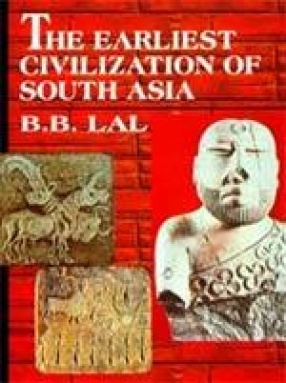
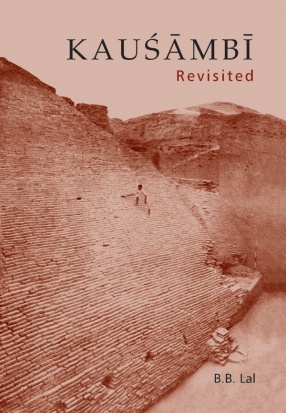
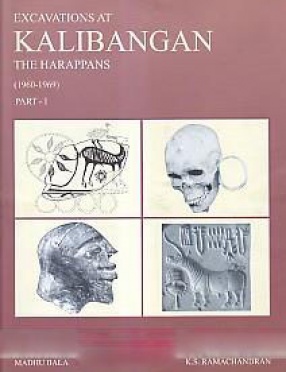
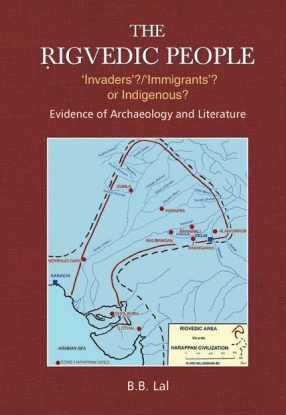
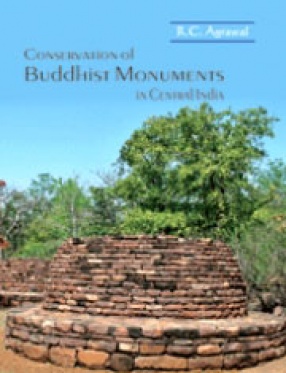

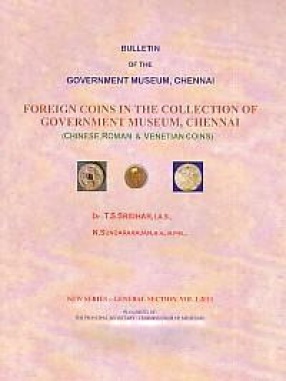
There are no reviews yet.